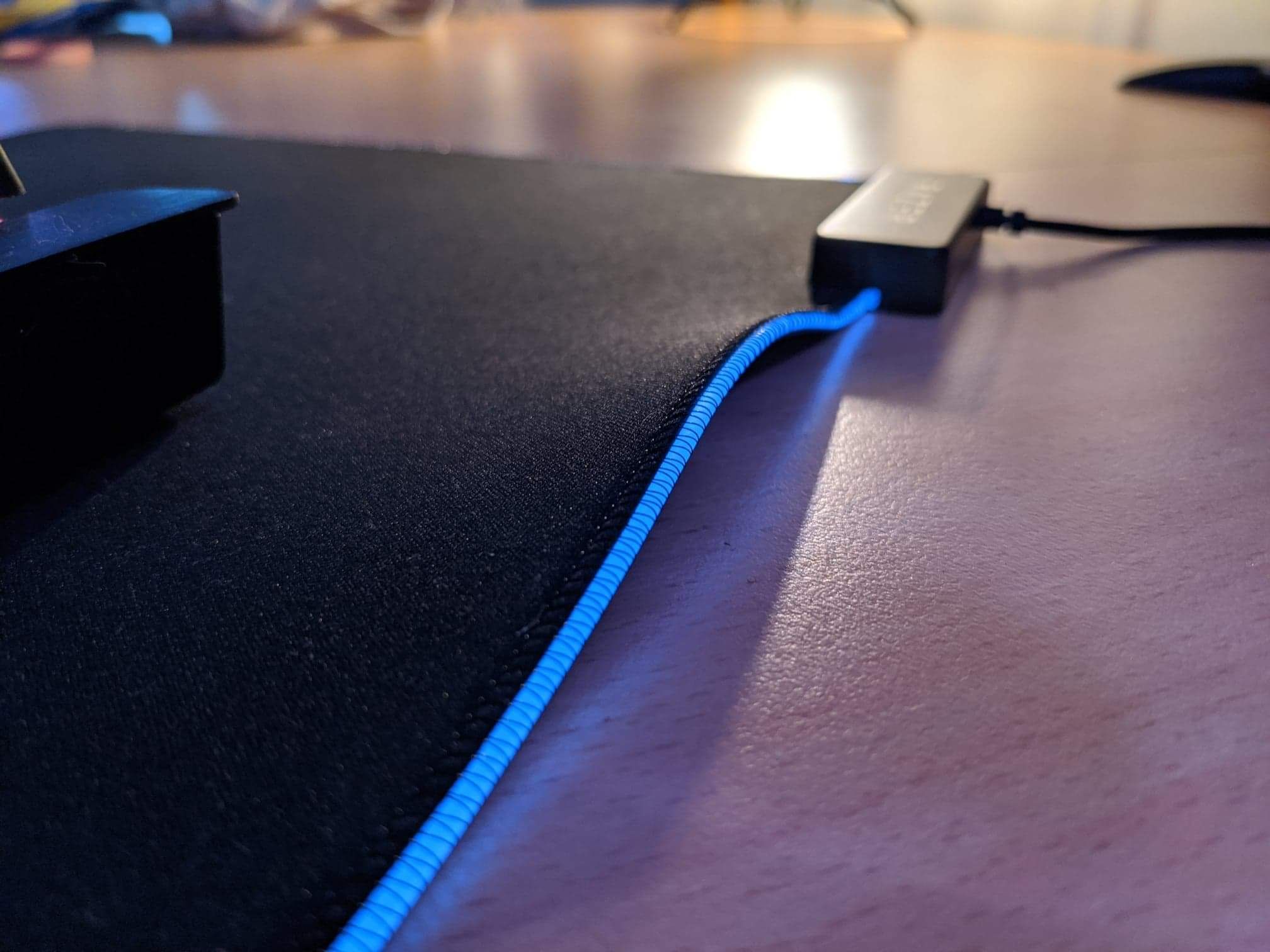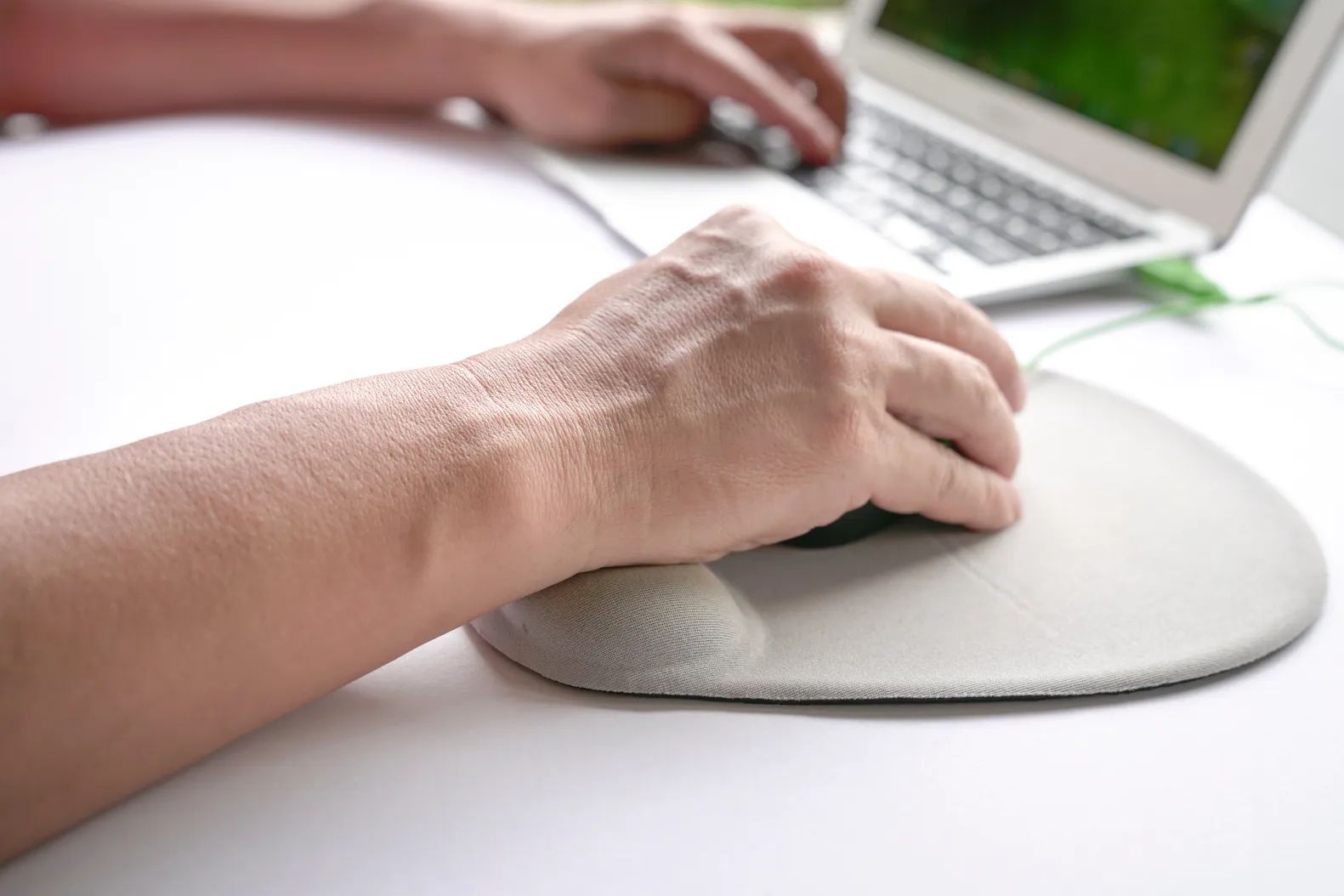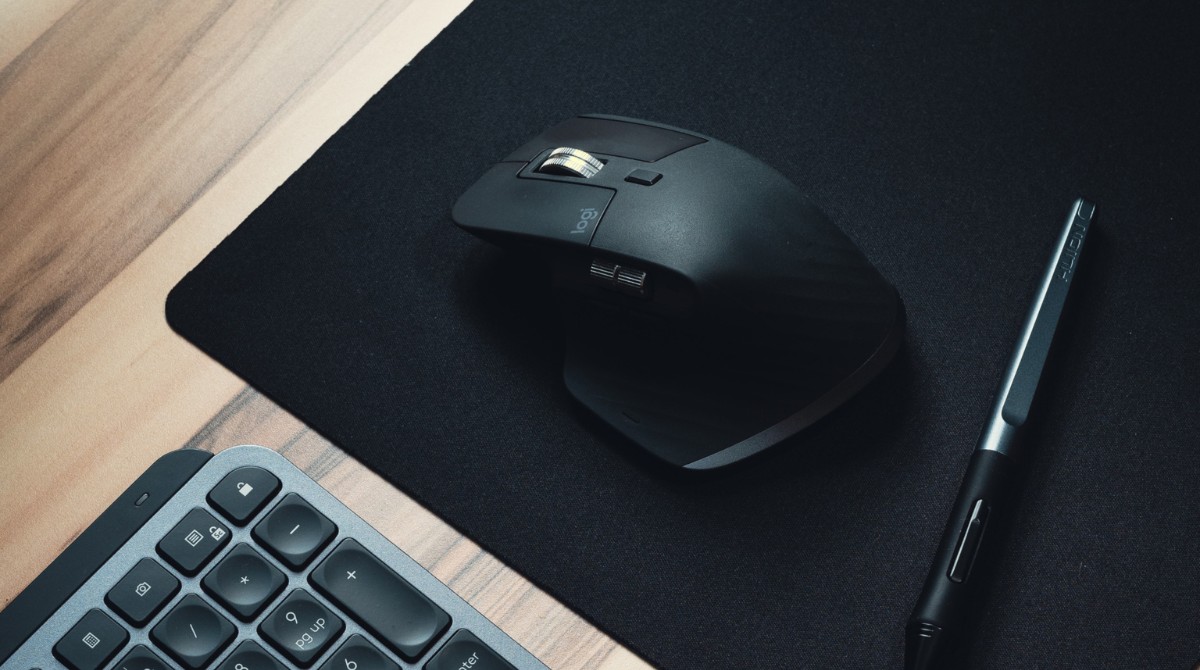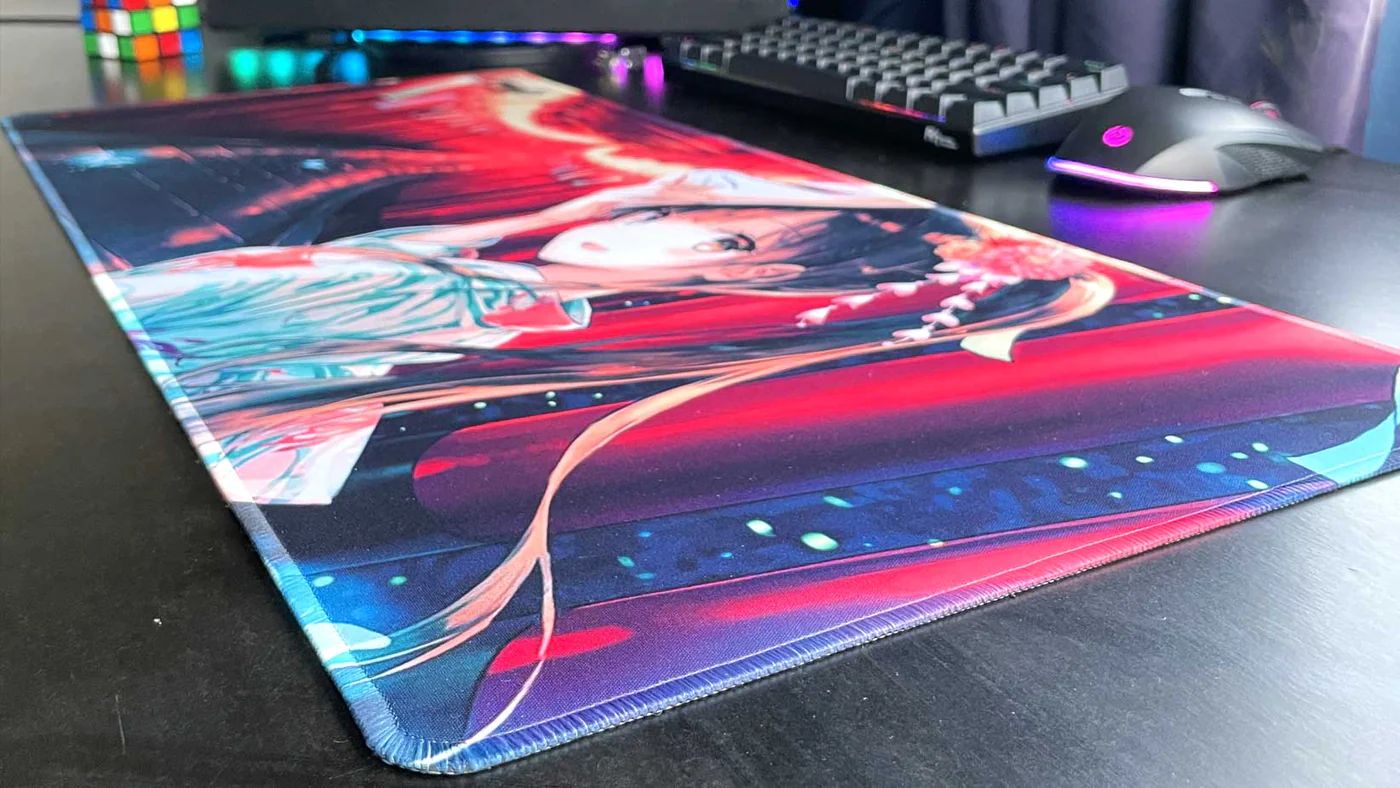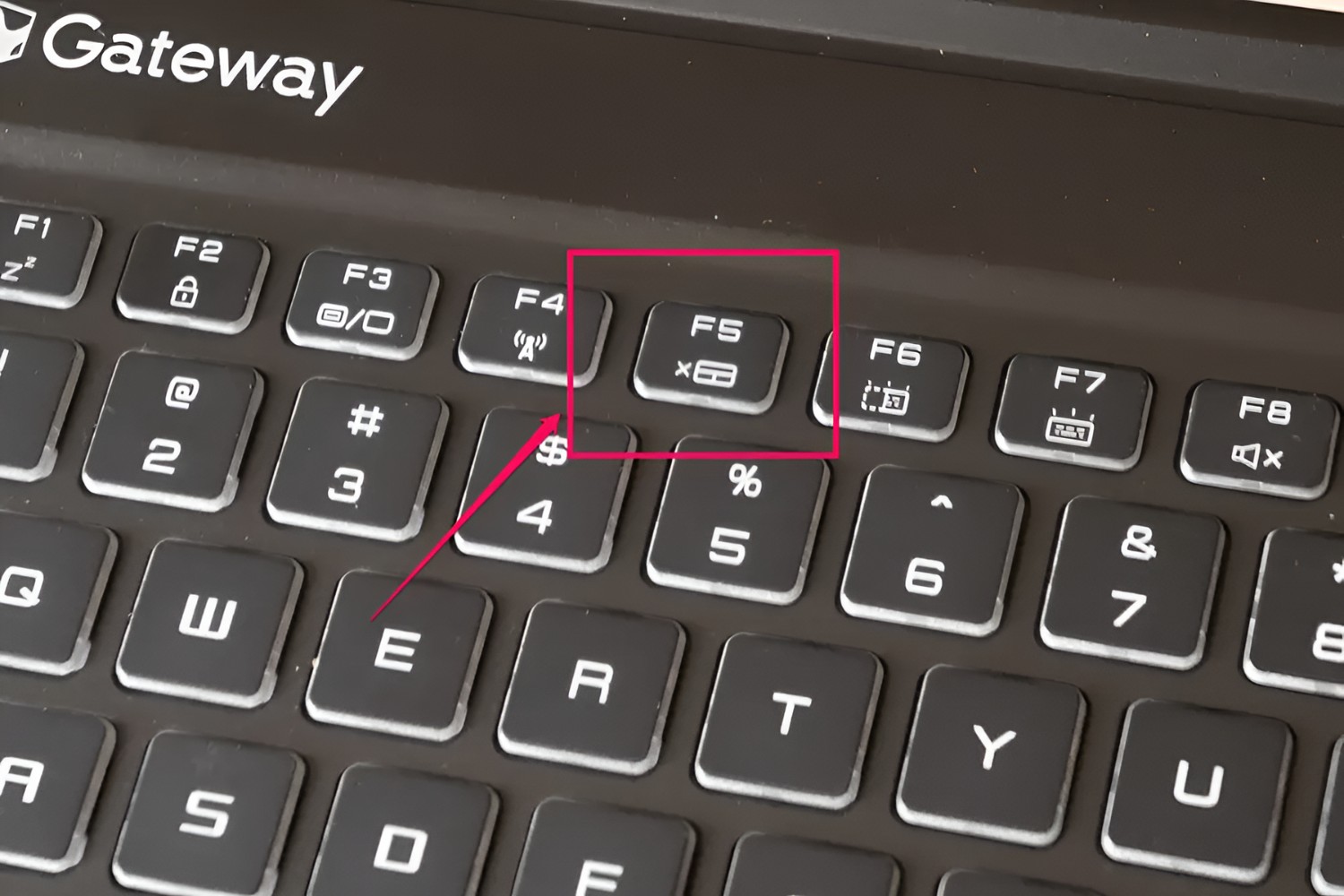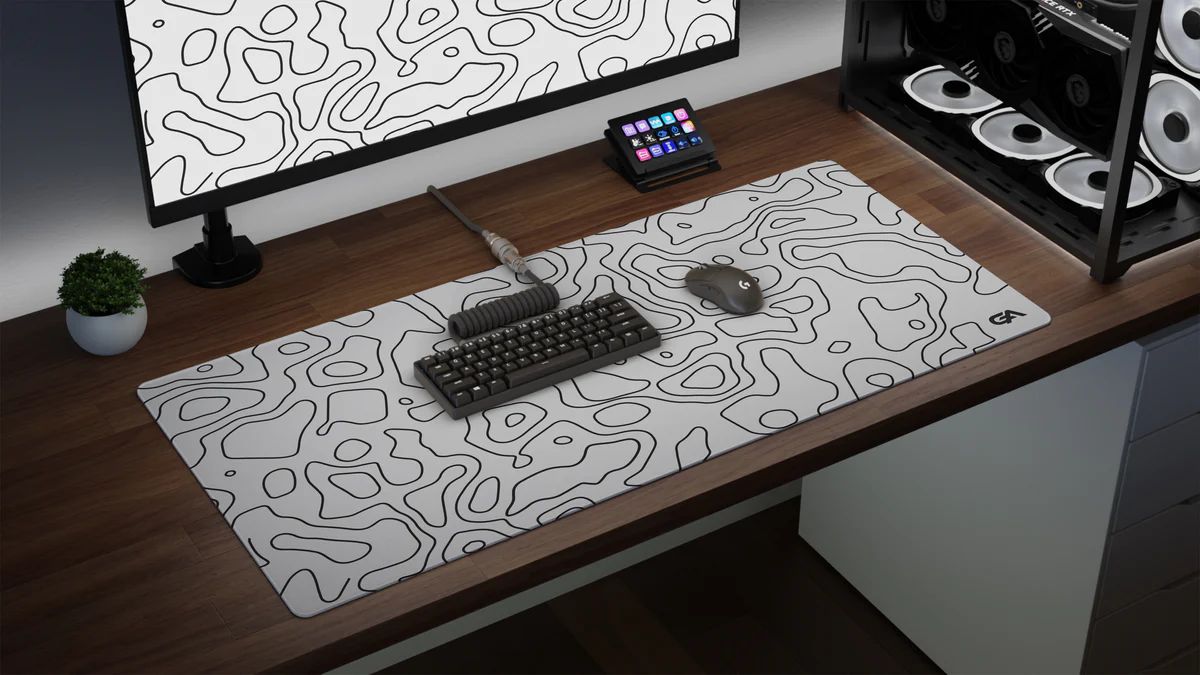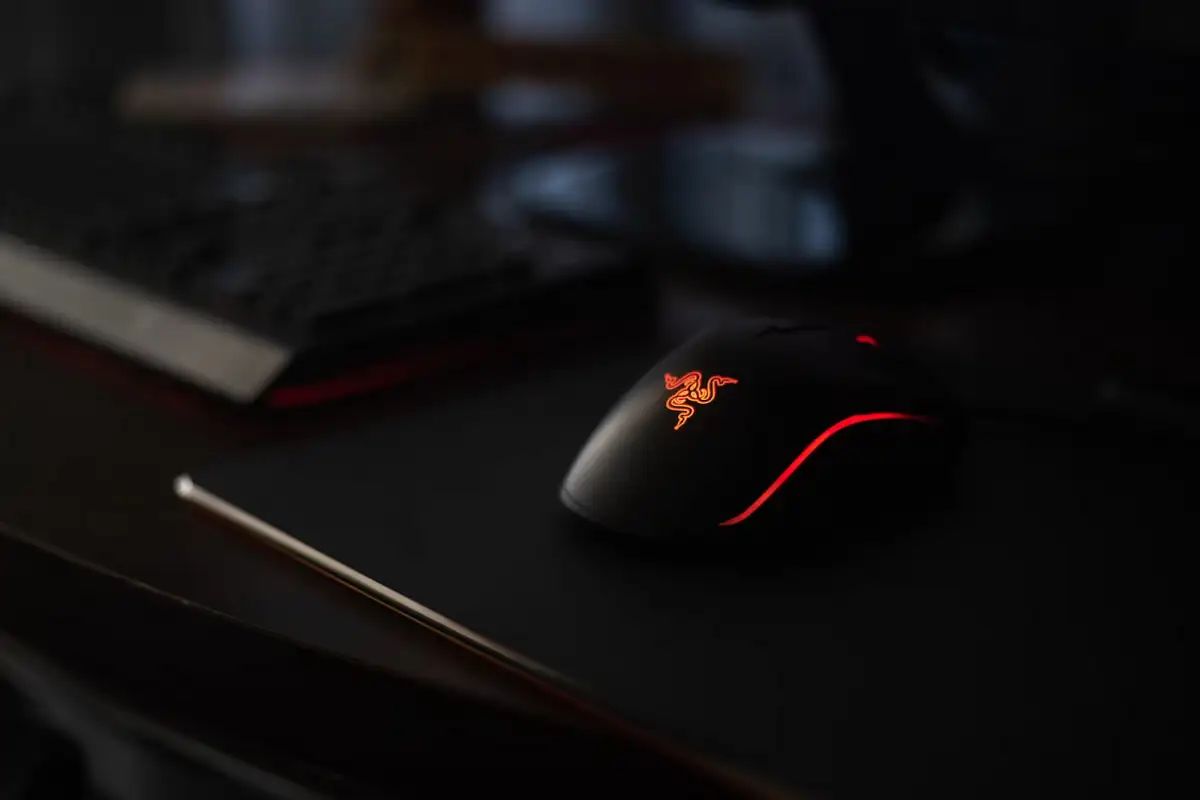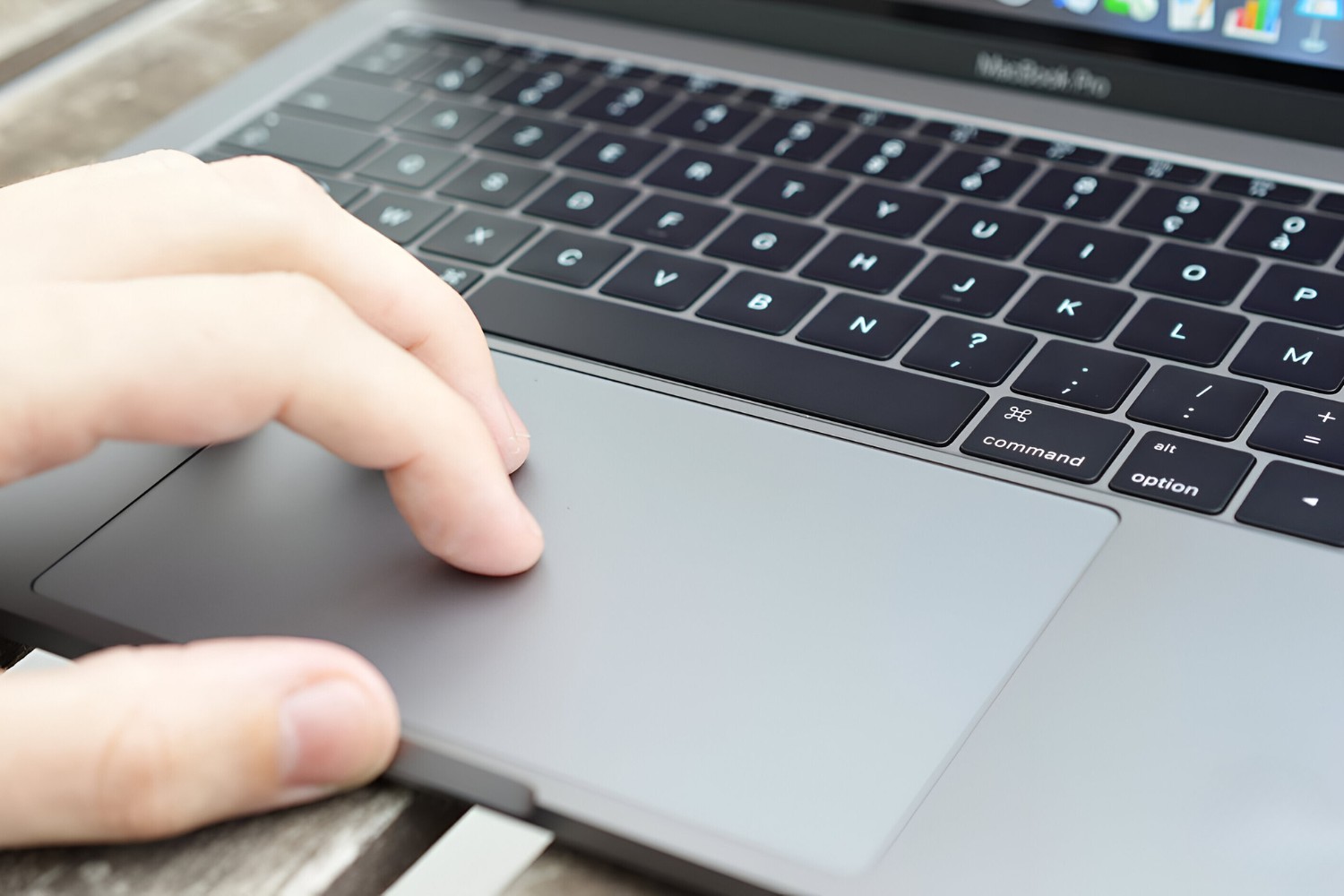Introduction
Welcome to the troubleshooting guide for mouse pad issues. A mouse pad is an essential accessory for smooth and precise mouse movement, but it can encounter various problems over time. Whether your mouse pad is unresponsive, erratic, or causing other issues, this guide will walk you through the steps to identify and resolve the issues effectively.
A malfunctioning mouse pad can be frustrating, impacting your productivity and user experience. However, before diving into complex solutions, it's important to start with the basics. By following the step-by-step troubleshooting process outlined in this guide, you can address common issues with your mouse pad and potentially avoid the need for professional assistance.
From cleaning the mouse pad to checking for software and hardware issues, this guide covers a range of troubleshooting methods to help you get your mouse pad back to optimal functionality. By understanding and implementing these techniques, you can save time and effort while improving the performance of your mouse pad.
So, if you're encountering difficulties with your mouse pad, don't worry. This guide is designed to equip you with the knowledge and techniques needed to troubleshoot and resolve common issues. Let's begin the journey to uncover the root causes of mouse pad problems and implement effective solutions to restore seamless functionality.
Clean the Mouse Pad
One of the initial steps in troubleshooting mouse pad issues is to ensure that the surface is clean and free from debris that could interfere with the mouse's tracking. Over time, dust, oils, and other particles can accumulate on the mouse pad, leading to erratic cursor movement or unresponsiveness. Follow these steps to clean your mouse pad effectively:
- Surface Inspection: Begin by examining the surface of the mouse pad under good lighting. Look for any visible dirt, stains, or residue that may hinder the mouse's movement.
- Dry Cleaning: For a quick clean, use a lint roller or adhesive tape to remove dust, hair, and other particles from the surface of the mouse pad. Gently press the roller or tape onto the pad and lift it to pick up the debris.
- Spot Cleaning: If there are stubborn stains or marks, dampen a cloth with water and a small amount of mild detergent. Gently rub the affected areas in a circular motion, then wipe the surface with a clean, damp cloth to remove any soapy residue.
- Deep Cleaning: For more thorough cleaning, consider hand-washing the mouse pad using a mild detergent and lukewarm water. Avoid using harsh chemicals or abrasive scrubbers, as they can damage the surface of the pad.
- Drying: After cleaning, allow the mouse pad to air dry completely before using it again. Ensure that it is completely dry to prevent moisture-related issues.
By maintaining a clean mouse pad, you can minimize the likelihood of tracking problems and ensure smooth, consistent mouse movements. Regular cleaning not only enhances the functionality of the mouse pad but also contributes to a more hygienic and pleasant computing environment.
Check for Software Issues
When troubleshooting mouse pad problems, it’s essential to investigate potential software-related issues that could be affecting its performance. Software conflicts, outdated drivers, and settings misconfigurations can all contribute to erratic cursor behavior and other issues. Here’s how to identify and address software-related problems:
- Driver Updates: Begin by checking for updates to the mouse pad drivers. Visit the manufacturer’s website or use the device manager in your operating system to ensure that you have the latest driver version installed. Outdated drivers can lead to compatibility issues and erratic behavior.
- Settings Verification: Access the mouse settings in your operating system’s control panel or settings menu. Verify that the sensitivity, acceleration, and other settings are configured appropriately. Adjust these settings to see if it improves the mouse pad’s responsiveness.
- Software Conflicts: Consider whether any recently installed software or updates coincide with the onset of mouse pad issues. Uninstalling or disabling suspicious programs can help identify and resolve software conflicts that may be affecting the mouse pad’s performance.
- System Updates: Ensure that your operating system is up to date with the latest patches and updates. System updates often include bug fixes and optimizations that can address underlying software issues affecting peripheral devices like the mouse pad.
- Diagnostic Tools: Some operating systems provide built-in diagnostic tools for troubleshooting hardware and peripheral issues. Utilize these tools to run diagnostics and identify any software-related problems that may be impacting the mouse pad.
By thoroughly examining and addressing potential software-related issues, you can eliminate common culprits behind mouse pad problems and restore smooth, reliable functionality to your input device.
Adjust Mouse Settings
Customizing mouse settings can significantly impact the performance and responsiveness of the mouse pad. By adjusting settings to suit your preferences and usage habits, you can optimize the mouse pad’s behavior for a more tailored and efficient user experience. Here are the key settings to consider adjusting:
- Pointer Speed: Experiment with the pointer speed settings to find a balance that provides precise control without sacrificing speed. Adjusting this setting can help mitigate issues related to erratic or sluggish cursor movement.
- Acceleration: Mouse acceleration affects how the cursor moves in response to varying speeds of mouse movement. Depending on your preferences, you may want to enable or disable mouse acceleration to achieve more consistent and predictable cursor behavior.
- Enhance Pointer Precision: Some operating systems feature an option to enhance pointer precision, which can improve the accuracy of mouse movements. Test this setting to determine if it positively impacts the mouse pad’s performance.
- Scrolling Speed: If your mouse pad includes a scrolling function, adjusting the scrolling speed settings can enhance the scrolling experience and minimize any issues related to erratic scrolling behavior.
- Button Configuration: For mice with configurable buttons, customize the button assignments to streamline your workflow and optimize the mouse pad’s functionality for specific tasks or applications.
By fine-tuning these settings to align with your preferences and usage patterns, you can tailor the mouse pad’s behavior to suit your individual needs, potentially resolving issues related to cursor movement, precision, and overall responsiveness.
Test with a Different Mouse
When encountering persistent issues with a mouse pad, testing it with a different mouse can help determine whether the problems stem from the mouse pad itself or from the mouse being used. By swapping out the mouse, you can isolate the source of the issues and take appropriate action. Here’s how to conduct this diagnostic test:
- Alternative Mouse: Obtain a different mouse that is known to be in good working condition. Ideally, use a mouse with a different design and technology (e.g., optical vs. laser) to ensure a comprehensive test.
- Testing Environment: Use the alternative mouse on the same computer and surface where the original mouse pad issues were observed. This ensures consistency in the testing environment and helps to accurately assess the performance of the alternative mouse.
- Observation: Pay close attention to the behavior of the alternative mouse on the same surface. Note any differences in cursor movement, responsiveness, and overall performance compared to the original mouse. If the alternative mouse exhibits similar issues, the mouse pad may not be the root cause of the problems.
- Comparison: Compare the performance of the alternative mouse on the same surface with its performance on a different surface, such as a known good-quality mouse pad or a smooth desk surface. This comparison can provide insights into the impact of the surface on the mouse’s behavior.
By testing the mouse pad with a different mouse, you can effectively determine whether the issues are specific to the mouse pad or are related to the mouse itself. This diagnostic step is crucial in identifying the root cause of the problems and devising an appropriate solution.
Update or Reinstall Mouse Drivers
Mouse drivers play a critical role in facilitating communication between the mouse pad and the operating system. Outdated, corrupted, or incompatible drivers can lead to a range of issues, including erratic cursor movement, unresponsiveness, and functionality errors. Updating or reinstalling the mouse drivers can often resolve these problems. Here’s how to address driver-related issues:
- Driver Update: Begin by checking for updates to the mouse pad drivers. Visit the manufacturer’s website to download the latest driver version compatible with your operating system. Alternatively, use the device manager in your operating system to search for and install driver updates.
- Driver Reinstallation: If the mouse pad issues persist after updating the drivers, consider reinstalling the drivers to ensure a clean and error-free installation. Uninstall the existing drivers through the device manager and then install the latest drivers obtained from the manufacturer’s official source.
- Driver Compatibility: Verify that the installed drivers are compatible with your operating system version. Incompatibility can lead to erratic behavior and performance issues. If necessary, seek out drivers specifically designed for your operating system.
- Driver Rollback: If recent driver updates coincide with the onset of mouse pad issues, consider rolling back to a previous driver version that was known to function correctly. This can help alleviate problems caused by incompatible or buggy driver updates.
- Driver Verification: After installing or updating the drivers, verify that the mouse pad’s behavior has improved. Test the mouse pad’s responsiveness and accuracy to ensure that the driver-related issues have been effectively addressed.
By ensuring that the mouse drivers are up to date, compatible, and functioning correctly, you can mitigate a wide range of issues that may be impacting the performance of the mouse pad. Driver maintenance is an essential aspect of troubleshooting and maintaining the optimal functionality of peripheral devices.
Check for Hardware Issues
When troubleshooting mouse pad problems, it’s essential to consider potential hardware-related issues that may be contributing to the issues. Hardware malfunctions or damage can manifest as erratic cursor behavior, unresponsiveness, or other performance issues. By examining the hardware components and connections, you can identify and address underlying hardware issues. Here’s how to proceed:
- Physical Inspection: Begin by visually inspecting the mouse pad for any signs of physical damage, wear, or irregularities. Check for frayed cables, loose connections, or visible damage to the surface of the mouse pad.
- Connection Verification: Ensure that the mouse pad is securely connected to the computer or the USB port of the docking station if applicable. Unplug and reinsert the mouse pad’s connector to establish a secure connection and eliminate any potential connectivity issues.
- Alternate Connection: If possible, test the mouse pad on a different computer or USB port to rule out issues related to the original connection or computer hardware. This can help determine whether the problems are specific to the computer or the mouse pad itself.
- Surface Compatibility: Consider the surface on which the mouse pad is being used. Certain mouse pads are optimized for specific types of surfaces, and using them on incompatible surfaces can lead to tracking and responsiveness issues. Ensure that the mouse pad is being used on a suitable surface for optimal performance.
- Hardware Interference: Evaluate the proximity of other electronic devices or potential sources of interference that may be affecting the mouse pad’s performance. Electromagnetic interference from nearby devices can disrupt the signal and impact the mouse pad’s functionality.
By thoroughly examining the hardware components, connections, and environmental factors that may be influencing the mouse pad’s performance, you can identify and address potential hardware-related issues. This comprehensive approach can help restore the optimal functionality of the mouse pad and minimize the impact of hardware-related problems on your computing experience.
Conclusion
Successfully troubleshooting mouse pad issues involves a systematic approach that encompasses both software and hardware considerations. By starting with basic cleaning and maintenance, you can eliminate common causes of erratic behavior and unresponsiveness. Regularly cleaning the mouse pad not only enhances its functionality but also contributes to a more hygienic computing environment.
When addressing software-related issues, checking for driver updates, verifying settings, and investigating potential conflicts can often resolve mouse pad problems. Fine-tuning mouse settings to align with individual preferences and usage habits can significantly improve the overall user experience and mitigate performance issues.
Testing the mouse pad with a different mouse and evaluating its performance on various surfaces can help isolate the source of the issues and guide appropriate troubleshooting actions. Additionally, ensuring that the mouse drivers are up to date and compatible with the operating system is crucial for maintaining optimal functionality.
Thoroughly examining hardware components, connections, and environmental factors can help identify and address potential hardware-related issues that may be impacting the mouse pad’s performance. By considering these factors and following the troubleshooting steps outlined in this guide, you can effectively diagnose and resolve common mouse pad problems, ultimately restoring seamless functionality to your input device.
Remember, troubleshooting mouse pad issues may require patience and a methodical approach. By systematically addressing each potential cause, you can enhance the performance and longevity of your mouse pad while optimizing your computing experience.







